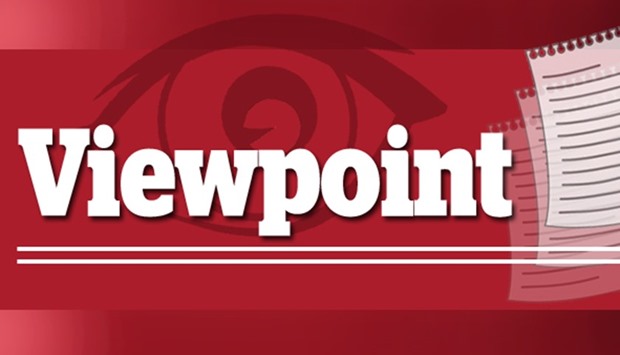In an age where a considerable portion of the global population is addicted to taking and sharing selfies on social media, researchers say that many such individuals are erroneously inspired to go under the knife to make their nose smaller. The reason is that selfies taken in close proximity makes the nose look big. Researchers at Rutgers and Stanford universities say you are not imagining the effect and have developed a mathematical model to explain how smartphones act as “portable funhouse mirrors.”
Billions of selfies are taken every day without people realising the distorting effects of the camera’s close proximity. It possibly leads many to develop a skewed self-image of themselves. Boris Paskhover, an assistant professor at Rutgers New Jersey Medical School’s Department of Otolaryngology who specialises in facial plastic and reconstructive surgery, is often shown selfies by patients requesting surgery to explain why they want to make their noses smaller.
A mathematical model shows that the average selfie, taken about 12 inches from the face, makes the nasal base appear about 30% wider and the nasal tip 7% wider than if the photograph had been taken at 5ft, a standard portrait distance. The Rutgers-Stanford model has been published in JAMA Facial Plastic Surgery. “Young adults are constantly taking selfies to post to social media and think those images are representative of how they really look, which can have an impact on their emotional state,” Paskhover said in a news release. “I want them to realise that when they take a selfie they are in essence looking into a portable funhouse mirror.”
In an attempt to find a better way to explain to patients why selfies are not a good way to assess their nose size, Paskhover worked with Ohad Fried, a research fellow at Stanford University’s Department of Computer Science, to develop a mathematical model that shows nasal distortion created by photos taken at close range. The model, based on the average head and facial feature measurements obtained from a selection of racially and ethnically diverse participants, determined the magnitude of the distortive effect by presenting the face as a collection of parallel planes perpendicular to the main camera axis. It calculated the changes to the ratio between the nose’s breadth and the width between the two cheekbones at various camera distances.
The extent of selfies driving people’s self-image is a public health issue, Paskhover said. According to the American Academy of Facial Plastic and Reconstructive Surgeons, 55% of surgeons say prospective patients are seeking cosmetic procedures to improve their selfies. Within its first year of existence, Google Photos saw more than 25bn selfies uploaded onto its servers, according to Anil Sabharwal, vice president of Google Photos. To put that into perspective, there are about 8bn people living on the entire planet.
In 2017, there were about 17.5mn cosmetic surgical and minimally invasive cosmetic procedures performed in the US, a 2% increase from 2016 and a 200% increase from 2000, according to a report released last Thursday by the American Society of Plastic Surgeons. Of these procedures, 218,924 were nose-reshaping cosmetic surgeries. So, the moral of the story is not to believe what is seen in selfies, at least regarding the size of one’s nose.

